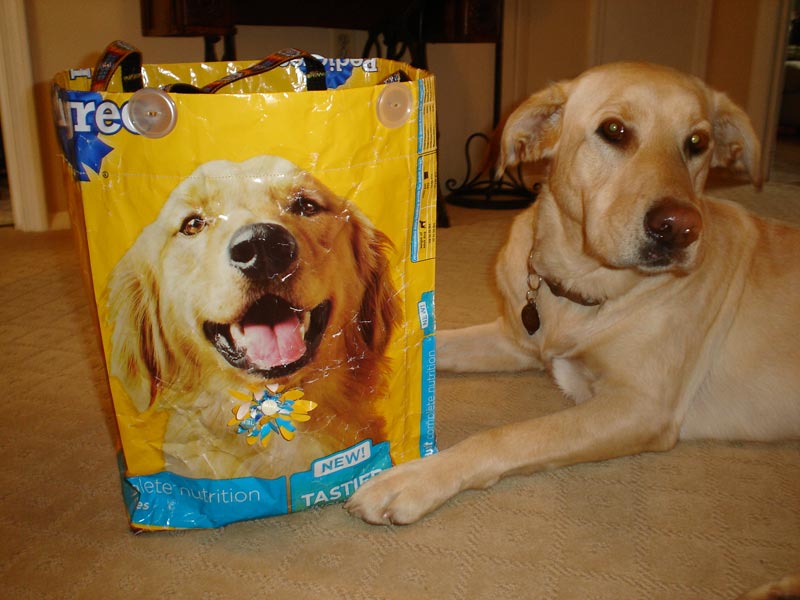A student of mine found this great
"Snuggie" Tutorial online. It's been so cold here lately, I thought we have to make this!
So - we are going to be making the
Snuggie in our next
Meetup/Burda Style Sew Along on Wednesday. There are spots available for this meetup, if you would like to attend, here are the details:
http://www.meetup.com/fashionlab/calendar/12236329/
Please note: This is not a sewing lesson. I ask that you have some sewing experience before attending the Meetup/Burday Style SewAlongs.
And if you can't make it, but are interested in making it at home, here is the great How-to Lauren found (thanks Lauren!):
The Snuglet
A comfy, cozy, easy-to-make fleece blanket
that lets you keep your arms free
without sacrificing warmth!
a project by Welmoed Sisson
welmoed@sissonfamily.com
www.sissonfamily.com/Sewingroom
You will need:
3 yards polar fleece, 60” wide
Cutting
Cut 24” off one short end of the fleece and set it aside; this
piece will become the sleeves (fig. 1)
Fold the fleece in half longways.
Mark location of the armholes. (fig. 2) The armholes will be ovals
approximately 9” high and 6” wide. (fig. 3)
Sleeves
For the sleeves: take the 24” piece and cut in half to yield
two pieces, each 24” by 30”. Fold in half to make a tube
12” x 30”. Sew or serge the long edge. Finish one end of
the tube as desired to form a cuff.
Check sleeve for length; they’re supposed to be loose-
fitting but if you have very short arms you may want to
take a few inches off.
Pin the sleeve into the armhole, making sure to keep the
sleeve seam at the bottom of the armhole. Sew or serge.
Repeat for other sleeve.
Finishing
Since fleece doesn’t ravel, you have many options for
finishing the edges. You can:
• leave the edge plain
• Trim the edge with a decorative rotary cutter (such as a
scalloped or pinked edge)
• Fringe the edge
• Band with a strip of lycra
• Fold over and topstitch for a quick self-banding
You’re finished! Just slip your arms into the sleeves and
relax; you can stay warm all the way up to your chin and
still be able to use your hands!






















 d
d